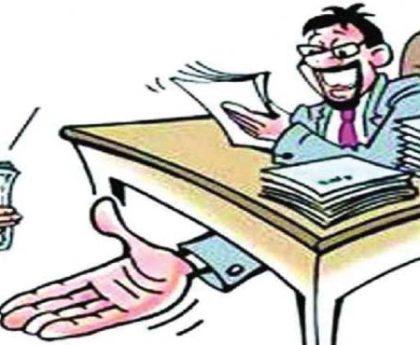[ad_1]

Alibaug; Jayant Dhulap: Saguna Rice Technique (SRT) developed by Shekhar Bhadsawle, creator of Saguna Bag Nature Project at Karjat in Raigad district and senior agricultural expert, has been adopted by hundreds of farmers in the state to increase rice productivity.
Since this SRT technique has been approved by the Food and Agricultural Organization of the United Nations, it will now be available to farmers in various countries around the world. Senior agricultural expert Shekhar Bhadsawle believes that a revolutionary change will take place in the agricultural sector globally as the increase in rice productivity in the world accelerates.
He has expressed speaking to daily ‘Pudhari’.
Meanwhile, recently the Chief Minister of the state, Eknath Shinde, after getting the complete information about this SRT agricultural technique at Saguna Bagh in Karjat, accepted it from the state government and ordered the state’s agriculture department to deliver this technology to the farmers of the state, so now this technology has really got royal shelter in Maharashtra. Basically, if the soil is strong, then any grain produced from it is strong, and the consumption of these strong grains will make the human being strong. Due to the decrease in natural nutrients in the soil, the agricultural production decreased and the agriculture became unprofitable. Bhadsawle said that SRT farming method has been developed to overcome this and it is successful.
What is SRT technology?
Developed SRT technology for rice cultivation. It is a farming method to adapt to changing climate. Some of the key features of this technique are no plowing every year, stopping soil erosion, promoting earthworm production by decomposing organic matter in the compost itself, proper use of herbicides, reducing production costs by increasing organic curbs in the soil through fertilizer, seed saving and stabilization.
SRT technology methods
- Plowing only once initially to produce bed steam. Then break the clods once with a rotavator
- After that, the formation of Gadivafa with four and a half feet wide and half foot high and 100 cm head
- Mixing of dung manure and chemical fertilizer as per soil test on bed steam
- When there is good rain, planting on mats is done by bite method
Cost savings due to technology use
- A mattress once made lasts forever.
- Use of cow dung only once during the production of Gadivafa
- No need for plowing every year.
- Gadivapha lasts for at least 15 to 20 years. • No need for bullock spacing.
[ad_2]
For Latest Updates! Read Bombay Today





